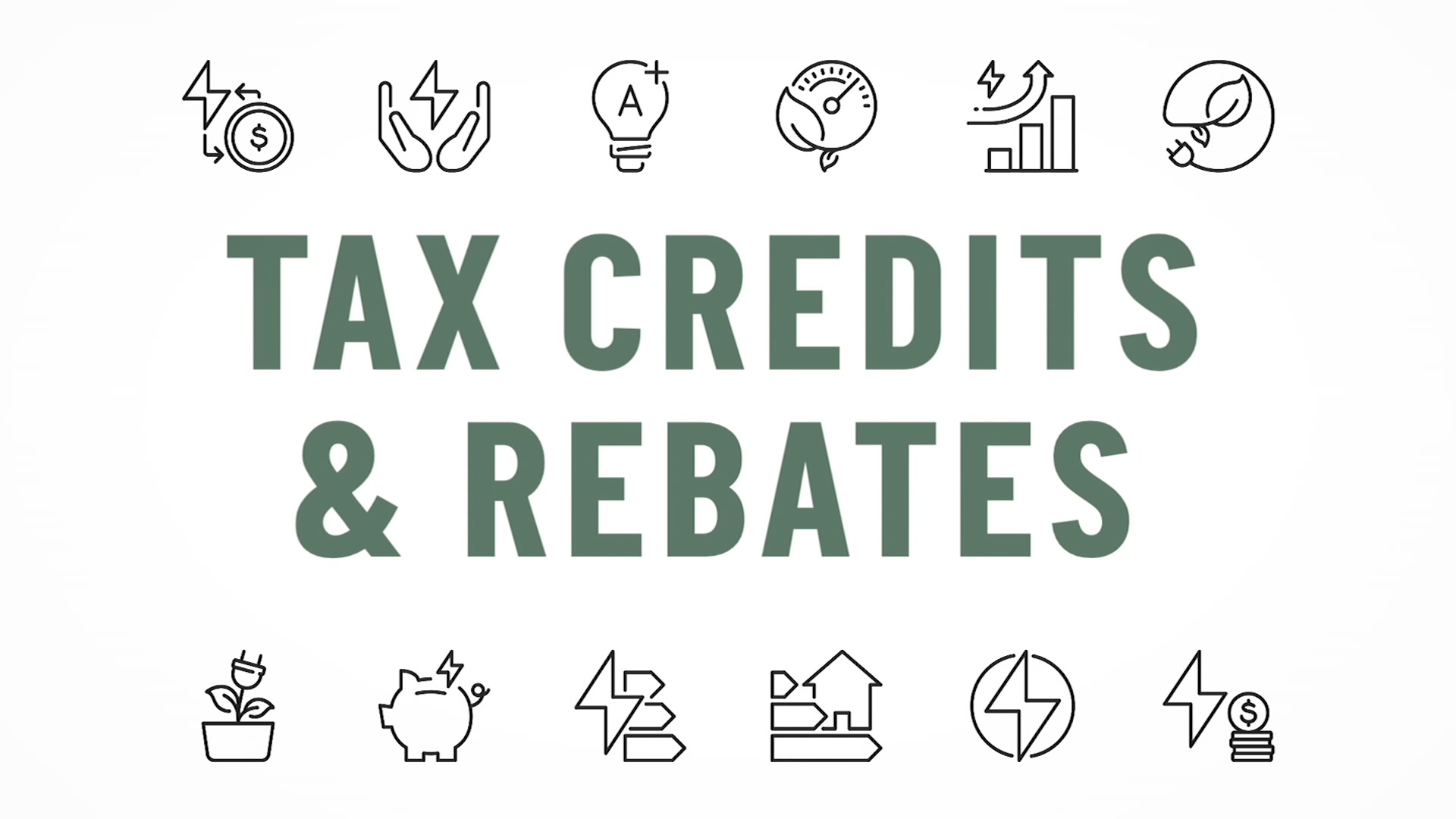NBC 5 Responds to a North Texas homeowner trying to bring down energy bills.
Read on for more information about home energy audits and tracking down wasted energy in your home.
TAKING A CLOSE LOOK AT HOME ENERGY USAGE
Since moving into her Far North Dallas home in 2010, Stacy Ettinger said the energy bills consistently cost hundreds of dollars a month.
Get top local stories in DFW delivered to you every morning. Sign up for NBC DFW's News Headlines newsletter.
“I would say the highest we ever had was $750, and the lowest I think we've ever paid is $250," Ettinger told NBC 5.
The 2,510-square-foot, one-story home was built in 1973. A family of four plus one dog live with a pool in the yard.
Oncor said it confirmed the meter on the home is working properly.
“We've had electricians come over and look at all of the wiring. We have replaced all of our windows. We've added insulation,” Ettinger said.
Over the years, Ettinger said the family invested in energy-efficient upgrades like a new HVAC system, yet continued to see high usage on energy bills.
“Just paying that amount over and over and over again, I just kind of got to a point where I figured there has to be something that is wrong,” said Ettinger.
HOME ENERGY AUDITS
NBC 5 reached out to the Building Performance Institute which connected us to David Rivera, a home energy auditor at Efficient Home Solutions, inspecting homes for places where energy may be wasted.
Rivera started in the attic to look at ventilation and insulation. He checked to see whether insulation is evenly applied and whether rodents have walked on and compressed it. Rivera checked out the ductwork and HVAC system.
He recommended the Ettingers insulate their pulldown attic access.
“This right here might as well be an open door or an open window in your house, 24/7,” Rivera explained.
Professionally installed covers for those pull-down attic doors are an option. You can also find DIY versions by searching “attic tent” or “attic stairway insulation.”
Next, Rivera turned on the air conditioning and measured room temperatures with an infrared camera.
“We're getting about 56-degree air coming from the system into this room and the temperature is about 71,” Rivera said. “That's about a 15-degree split, which is a minimum of what you look for when this system is performing well.”
Outside, Rivera looked at the pool pump. “Make sure it’s a variable speed,” he advised.
Rivera counted six wind turbines on the roof of the home helping to ventilate the attic.
“You’re in really good shape,” he told the Ettingers.
Rivera turned to the soffit vents under the eaves of the roof and found they were clogged. He noted that the vents should be turned in another direction to maximize airflow. Rivera recommended picking up new vents at the hardware store – each cost a few dollars.
“Put them up with wood screws and then about every three to five years, take them down with the screws, clean them and put them back,” Rivera explains.
NBC 5 asked if cleaning or replacing soffit vents would really make a difference in energy usage for the home.
“Oh, my gosh, yes,” answered Rivera. “The average home in Dallas on a hot summer day at about 5 o’clock is 160 to 170 degrees up there. With six wind turbines, if these were free and clear, we probably dropped the temperature of your attic in the neighborhood of 40 degrees.”
After checking the water heater, Rivera inspected the exterior doors for gaps.
“That dark smudge lets you know that there's dust being pulled in,” said Rivera pointing to a corner of the door frame leading to the garage.
Rivera said he also asks homeowners about their habits, like preferred temperature settings in the summer and winter, and factors the answers in when he delivers a report with his recommendations.
“Every house, every homeowner is different,” said Rivera.
For the Ettingers, he recommended the family bring an electrician back to the home and measure the amps pulled by each major appliance.
“I'll definitely look into doing all the recommendations that he said, but I think that I will definitely contact an electrician to do the testing,” Ettinger said.
RESOURCES FOR CONSUMERS
Generally, home energy assessments can help pinpoint problem spots and prioritize which fixes would make the most impact on comfort and energy bills.
On its energy.gov website, the Department of Energy writes these audits should be the first step before making improvements or adding a renewable energy system to the home.
Depending on the type of home energy assessment, it could cost a few hundred dollars.
There is a tax credit for up to $150 for an assessment done by a certified home energy auditor. Keep in mind, that’s a credit against federal income taxes you owe not a direct rebate.
You can also find information about do-it-yourself energy assessments. This one walks you through what to look for and potential fixes to improve efficiency in the home.
You can also watch this guide on how to find “energy vampires” in your home.
NBC 5 Responds is committed to researching your concerns and recovering your money. Our goal is to get you answers and, if possible, solutions and a resolution. Call us at 844-5RESPND (844-573-7763) or fill out our customer complaint form.
Get top local stories in DFW delivered to you every morning. Sign up for NBC DFW's News Headlines newsletter.



